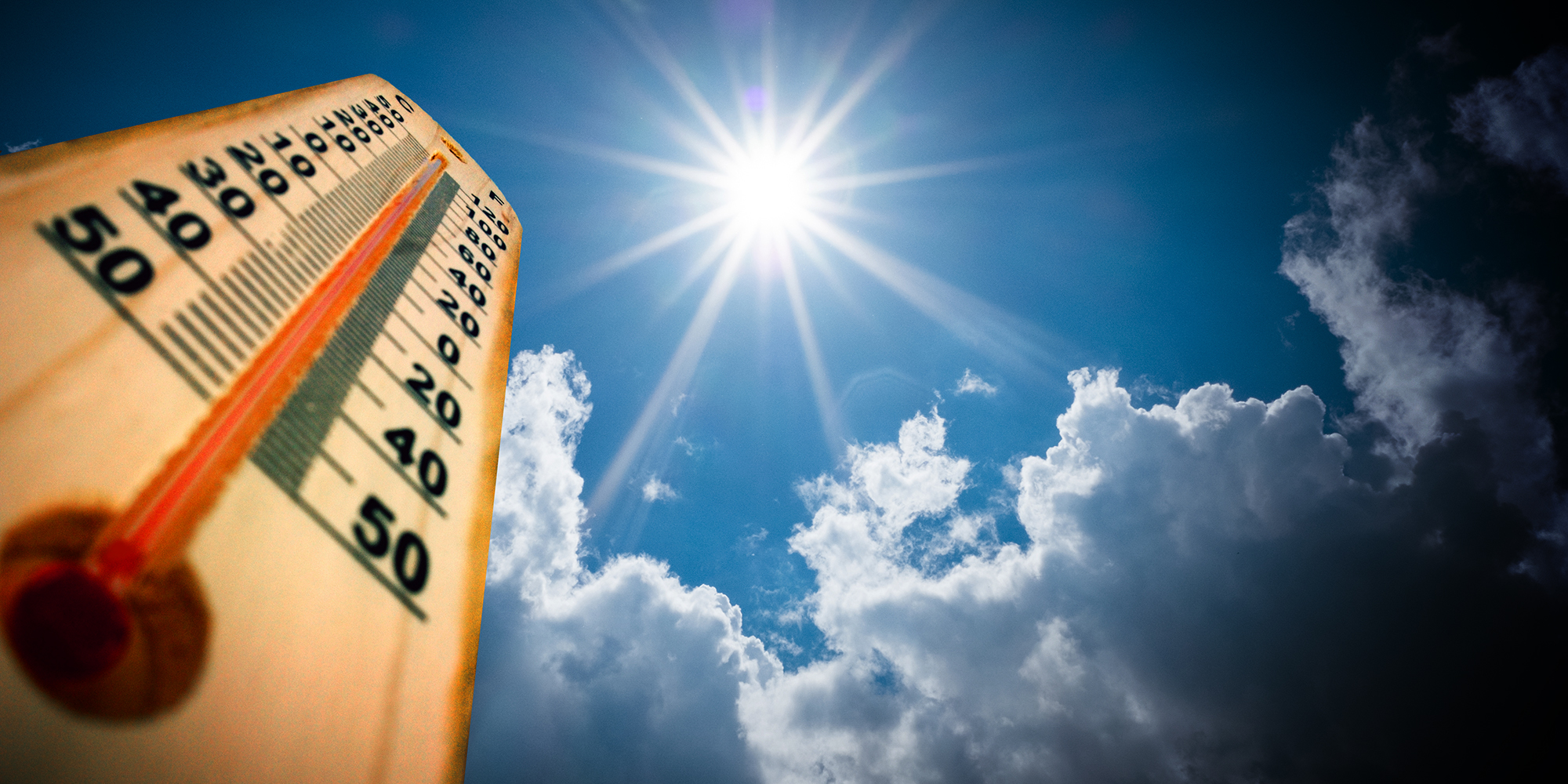On 18 March 2022, a record was broken. More than 3,200m above sea level, in the heart of the Antarctic continent, temperature sensors attached to the Antarctic Search for Transiting ExoPlanets telescope and Concordia research station recorded a temperature of -11.8°C. To the uninitiated, seeing Antarctica nearly a dozen below zero might not seem extraordinary. However, scientists say it is an extreme temperature as it is more than 40°C above seasonal norms.
Alarmingly, at roughly the same time on the other end of the world, weather stations near the North Pole also showed signs of melting, with some temperatures 30°C above normal, prematurely reaching levels normally attained later in the year, according to The Guardian.
The Associated Press reported that some scientists have been hesitant to directly and exclusively attribute the heatwave to human-induced climate change. National Snow and Ice Data Center scientist Walt Meier told the AP it was likely that “a big atmospheric river” pumped in warm and moist air from the Pacific southward.
Let's just say that it's been quite a week at both poles - large areas of temperature anomalies exceeding 15°C above average... ?
[Maps from https://t.co/3ktgI4YE1j] pic.twitter.com/SsucPJQ9cv
— Zack Labe (@ZLabe) March 20, 2022
Dr Zachary Labe, a climatologist from Colorado State University in the US, whose research interests include evaluating the influences of Arctic amplification and sea ice variability on mid-latitude extreme weather events, concurred with Meier’s assessment, tweeting that “both of these weather events are related to the poleward transport of heat and moisture, similar to atmospheric rivers”.
A 2017 study, published in Geophysical Research Letters, shows that since 1980, an additional six warming events have been occurring each winter in the North Pole region. An article on Nasa’s climate change website explains that “in the most recent years of the study, each warming event was associated with a major storm entering the region. During these storms, strong winds from the south blow warm, moist air from the Atlantic into the Arctic.”
The authors of the study add that “it is difficult to say how much this pattern will amplify in the future”.
Extraordinary anomalies in #Antarctica lead to historic records today:
-Vostok 3489m -17.7C,monthly record beaten by nearly 15C !
-Concordia 3234m -12.2C,highest Temp. on records and about 40C above average !
-Dome C II 3250m -10.1C
-D-47 1560m -3.3C
-Terra Nova Base 74S +7.0C pic.twitter.com/w6Ry4Dy4wz
— Extreme Temperatures Around The World (@extremetemps) March 18, 2022
The news of the heating follows the publication of the Intergovernmental Panel on Climate Change’s (IPCC) most recent report described by UN secretary-general António Guterres as an “atlas of human suffering”.
That report, titled Climate Change 2022: Impacts, Adaptation and Vulnerability, said of the polar regions: “Climate change impacts and cascading impacts in polar regions, particularly the Arctic, are already occurring at a magnitude and pace unprecedented in recent history, and much faster than projected for other world regions.”
It continues that “the polar regions, notably the Arctic and maritime Antarctic, are experiencing impacts from climate change at magnitudes and rates that are among the highest in the world, and will become profoundly different in the near-term future (by 2050) under all warming scenarios”.
The IPCC report explains further: “Polar regions are naturally dynamic environments. Ecosystems in polar regions, and the people who rely on them, have adapted to natural variability and dynamic nature of polar environments.” It adds that, “when environmental variability is within the range of these adaptive measures the social-ecological system can thrive. Thus, there are fundamental components in place in polar regions already to help ecosystems and people adapt to some degree of climate change.”
“However,” the report warns, “as climate change impacts like warming waters, sea ice loss, permafrost thaw and erosion systematically alter components of the system, shift species increasingly poleward, and disrupt linkages between species and people, the ability to adapt is reduced.”
“There are critical tipping points (such as sea ice melt, permafrost thaw) where changes may cascade, self-reinforce and accelerate, outpacing adaptation actions, and force natural and human systems irreversibly (on the scale of human existence) into novel regimes.”
And there it is, Concordia broke its all time record temperature by 1.5 °C. This is when temperatures should be rapidly falling since the summer solstice in December. This is a Pacific Northwest 2021 heat wave kind of event. Never supposed to happen. https://t.co/VOW70Ioshv
— Dr. Jonathan Wille (@JonathanWille) March 18, 2022
In short, today’s anomaly or novelty may end up being a warning for tomorrow. OBP/DM





